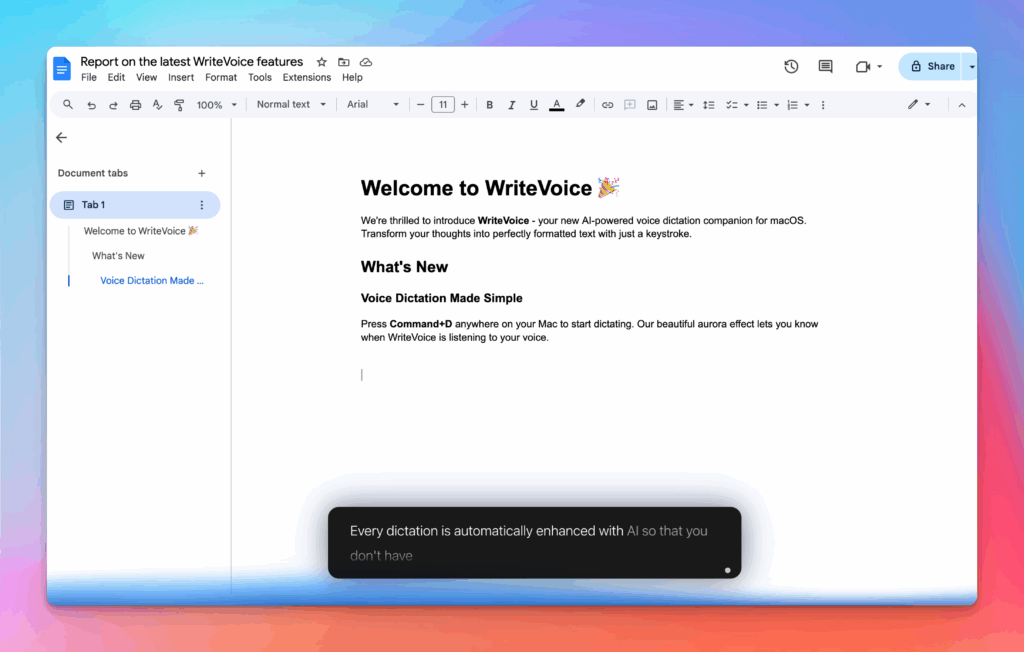How to Calculate Qualified Business Income
QBI deduction saves thousands in taxes. Calculate qualified business income deduction with IRS rules.
How the How to Calculate Qualified Business Income works
Navigate QBI rules: identify qualified income, apply limitations, calculate deductions. Maximize tax savings within Section 199A regulations.
QBI deduction is complex but valuable. This calculator ensures maximum deduction while maintaining compliance with regulations.
How it works
Tutorial
The Qualified Business Income (QBI) deduction, created by the 2017 Tax Cuts and Jobs Act (Section 199A), allows eligible business owners to deduct up to 20% of qualified business income from pass-through entities—potentially saving tens of thousands in taxes annually. However, QBI calculation involves complex limitations based on taxable income thresholds, W-2 wages paid, property basis, and specified service trade or business (SSTB) restrictions. Understanding QBI calculation ensures you maximize this valuable deduction while remaining compliant with IRS regulations.
For many small business owners, the QBI deduction is the single largest tax benefit available, worth $10,000-50,000+ annually depending on income levels. But calculating QBI isn’t as simple as “20% of profit”—limitations phase in above $191,950 (single) / $383,900 (married) and cap deductions based on W-2 wages paid or property owned. Specified service businesses (doctors, lawyers, consultants, etc.) face additional restrictions. Proper calculation requires understanding these rules to optimize business structure, compensation strategy, and tax planning.
The Basic Formula
| Component | Formula | Limitation |
|---|---|---|
| Base QBI Deduction | 20% × Qualified Business Income | Before limitations |
| W-2 Wage Limit | Greater of: 50% of W-2 wages OR 25% wages + 2.5% property | Above income threshold |
| Overall Limit | 20% × (Taxable Income – Capital Gains) | Cannot exceed this |
| Income Thresholds (2024) | $191,950 single / $383,900 married | Limitations begin phasing in |
Step-by-Step Calculation
Example: S-Corp owner, $300,000 business profit, $120,000 W-2 wages paid (including to owner), $50,000 owner W-2 salary, married filing jointly, $340,000 taxable income, non-SSTB business
Step 1: Calculate Base QBI
| Component | Amount | Explanation |
|---|---|---|
| S-Corp Business Profit | $300,000 | Pass-through income to owner |
| Less: Owner W-2 Salary | -$50,000 | W-2 compensation not QBI |
| Qualified Business Income | $250,000 | Eligible for deduction |
| Base QBI Deduction (20%) | $250,000 × 0.20 | $50,000 |
Step 2: Apply Income Phase-In Limitations
| Factor | Value | Analysis |
|---|---|---|
| Taxable Income | $340,000 | Total household income |
| Phase-In Threshold (Married) | $383,900 | Limitations don’t apply yet |
| Phase-In Status | Below threshold | W-2/property limits don’t apply |
| SSTB Restriction | Not SSTB | No service business limitation |
| Limitation Impact | NONE – Income below threshold | |
Step 3: Calculate Final QBI Deduction
| Component | Calculation | Amount |
|---|---|---|
| Tentative QBI Deduction | 20% × $250,000 | $50,000 |
| W-2 Wage Limit (if applicable) | 50% × $120,000 | $60,000 |
| Overall Limit | 20% × $340,000 | $68,000 |
| Allowable Deduction | Lesser of tentative, wage, overall limits | $50,000 |
| QBI Deduction | Final deduction amount | $50,000 |
| Tax Savings @ 24% bracket | $50,000 × 0.24 | $12,000 |
| Tax Savings @ 32% bracket | $50,000 × 0.32 | $16,000 |
What This Means
This S-Corp owner qualifies for the full $50,000 QBI deduction (20% of $250,000 qualified income), saving $12,000-16,000 in federal taxes depending on marginal bracket. Because taxable income of $340,000 falls below the $383,900 married threshold, W-2 wage and property limitations don’t apply—the calculation is straightforward 20% of QBI. The owner wisely structured $50,000 as W-2 salary (subject to payroll tax but not QBI) and $250,000 as profit distribution (QBI-eligible), optimizing the deduction.
If this same owner earned $450,000 taxable income (above threshold), the deduction would be limited by W-2 wages: the lesser of $50,000 (20% QBI) or $60,000 (50% of $120K wages) would still allow full $50,000 deduction. However, if the business paid only $80,000 in W-2 wages, the limit would be $40,000 (50% of $80K), reducing the deduction by $10,000 and costing $2,400-3,200 in extra taxes. This is why high-income business owners carefully manage W-2 payroll and compensation mix—QBI optimization can save five figures annually through proper structuring.
Meet the fastest voice-to-text for professionals
WriteVoice turns your voice into clean, punctuated text that works in any app. Create and ship faster without typing. Your first step was How to Calculate Qualified Business Income; your next step is instant dictation with WriteVoice.
A blazing-fast voice dictation
Press a hotkey and talk. WriteVoice inserts accurate, formatted text into any app, no context switching

Works in any app
Press one hotkey and speak; your words appear as clean, punctuated text in Slack, Gmail, Docs, Jira, Notion, and VS Code—no context switching, just speed with writevoice

Accurate, multilingual, and smart
97%+ recognition, smart punctuation, and 99+ languages so your ideas land first try, built for teams and pros.

Private by default
Zero retention, audio and text are discarded instantly, with on-device controls so you can dictate sensitive work confidently.

